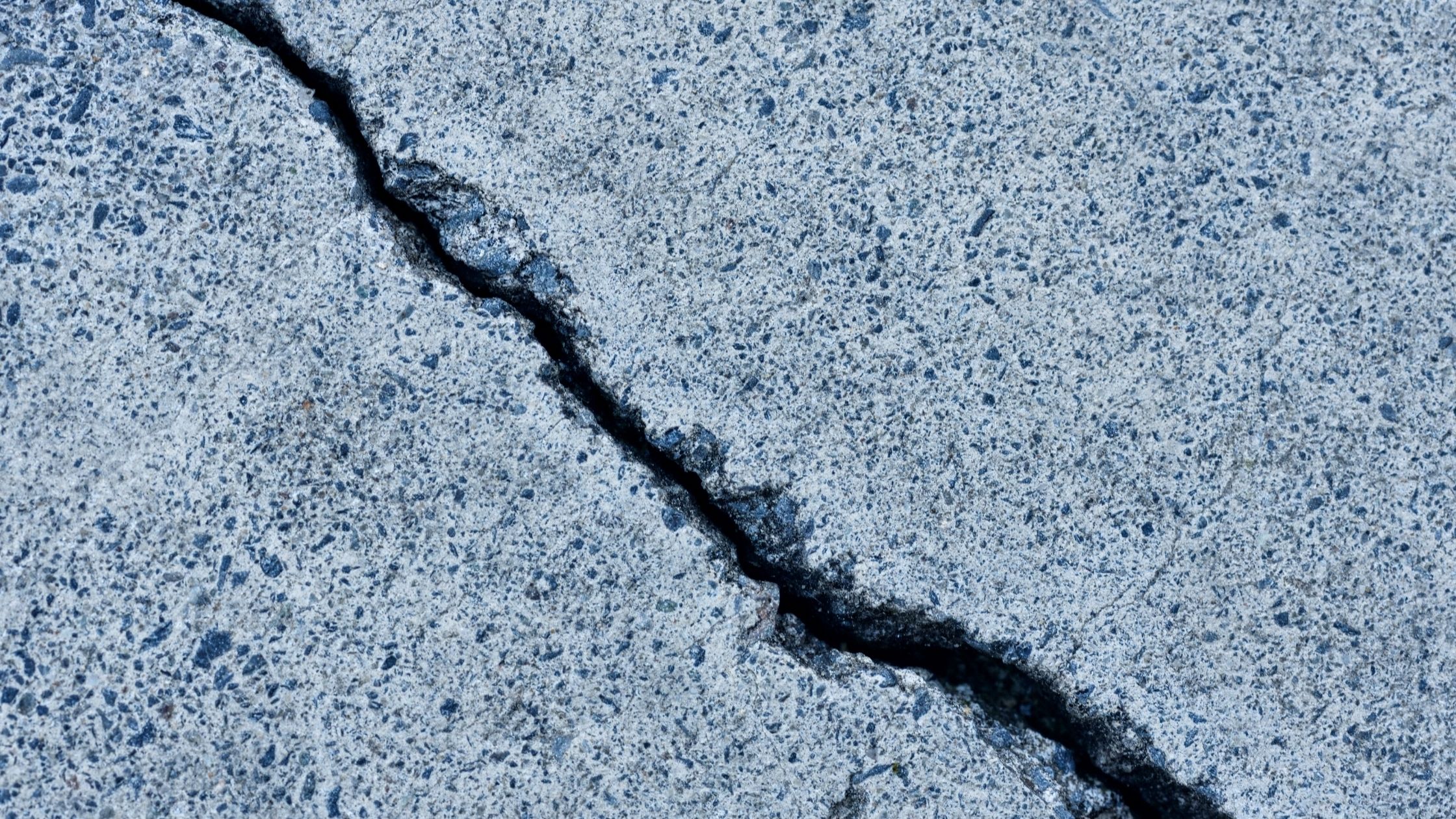Concrete is a very popular and fundamental building material known for its strength and durability. However, it is not uncommon to observe cracks in even the most well-designed and meticulously constructed concrete structures. Some cracks may not be a structural concern, but some may require direct attention. Cracks, if left unaddressed, can have a range of detrimental effects on the structural integrity and longevity of the construction. So, how do we know if the concrete crack is serious?
Common Non-Structural Cracks
Shrinkage Cracks
Shrinkage cracks happen when the water evaporates as the concrete hardens, leading to internal forces in the concrete, creating these shrinkage cracks. For this reason, concrete is typically cured. Cured concrete involves adding moisture, such as hosing down water on the concrete or covering it with wet burlap in an effort to slow down the evaporation of the moisture in the concrete.
Shrinkage cracks are inevitable and do not seriously affect the strength of properly formed and reinforced concrete. Large expanses of concrete without proper expansion joints and control joints can form larger cracks that result from the net shrinkage of large expanses. These must be planned for and controlled by, e.g., silicone contraction joints between sections of a concrete freeway pavement.
Expansion and Contraction Cracks
Temperature fluctuations can cause concrete to expand and contract. Over time, repeated cycles of expansion and contraction can lead to cracks, especially in large concrete structures without proper expansion joints. The normal way to prevent this expansion and contraction is to install expansion and contraction material at regular intervals (silicone caulk, tar-soaked felt, or even treated lumber) which can absorb the movement. On bridges, this can be seen where metal sliding plates cover a narrow gap between two sections of concrete slab.
Crazing
Crazing is the formation of a network of fine cracks on the surface of the concrete, giving it an “Alligator Surface” appearance. The cracks are less than 1/16” wide, and generally do not affect the strength. This is often a cosmetic issue and is caused by factors such as rapid drying of the surface, improper curing, or an unsuitable mix design.
Common Structural Cracks
Overloading
Overloading cracks occur because the strength of concrete is inadequate for its installed situation. This can happen because corners of concrete slabs are not fully supported, then loaded by, e.g., a heavy truck driving over the corner. Precast beams and panels can also be lifted into place without using designed lift points, causing bending or shear stresses beyond the material’s capacity. If concrete is loaded to capacity before it is fully cured to strength, it can also crack and pull-out reinforcement. Poor design can also fail to predict actual loads or actual strength in situ, causing cracking and potential failure.
Settlement
Settlement cracks are caused by soil voids or uncompacted soil which allows footings and foundations to settle under the weight of the building, or similar results caused by the action of erosion removing soil under footings and foundations. Generally, some parts of the foundation settle more than others, causing cracking of walls and foundations, as well as sloping of floors and potential failures of roofs, joists, girders, and columns.
Corrosion-Induced Cracks
The corrosion of the steel reinforcement may also cause cracks. By exposing steel rebars to excessive moisture, they can develop rust. Rust has a greater volume than the initial rebar, which will cause stress on the concrete and lead to cracks. These cracks are concerning because they expose the steel rebar to even more moisture which will lead to an even greater amount of rust. The rust eats away at the reinforcing steel which can lead to a decline in structural integrity.
De-icing salts and marine salts can also have a very negative effect, allowing corrosion to happen at a much faster rate.
Engineers Should Assess the Effects of Cracks in Concrete Structures
To successfully understand the effects of cracks in concrete structures, you’ll need to have it examined by a structural engineer. First, they will determine the cause of the cracks and their severity. Once they provide you with an assessment, a structural engineer will be able to offer the best course of action to repair the existing damage or reinforce the concrete structure if deemed necessary.
Hiring Areté Structural Engineers
Areté Engineers provides structural engineering services to the bridge, commercial, and residential sectors. Contact us to learn what could be causing the cracks in your concrete structure and how we can help you.


